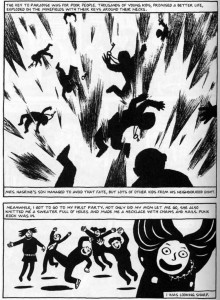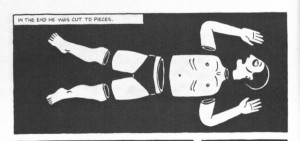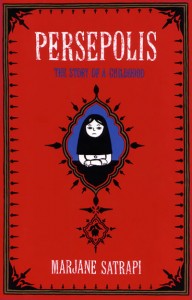 “Replace fear of the unknown with curiosity.”
“Replace fear of the unknown with curiosity.”
― Penelope Ward, Jake Understood
This year in our ASTU class we have been discussing a lot of relevant issues of today’s modernized and globalized world. The topics varied from collective, cultural, national memory and forgetting to more specific ideas connected in particular to the events of 9/11 such as trauma transfer, collective responsibility, vulnerability and others. The whole ASTU course has been an overwhelming and thought provoking adventure for me. I can definitely say that the readings and discussions we had broadened my mind a lot. I also received a different perspective on things I usually didn’t think about or had a very limited representation of. I have spent a while thinking about the “aha” moments I had throughout the course and I realized that everything we learned had those small and big moments, so it was hard to choose a particular topic or idea that attracted my attention the most. However, I decided to focus this post on something that stood out to me recently and is still fresh in my memory. The novel by Mohsin Hamid The Reluctant Fundamentalist was one of those books that always hold a reader in a tension and give them a space for interpretation. The idea of the stereotypes and false representation of a particular nation or culture seems so obsolete, but it is still a common corner stone for a lot of people and even nations. This idea became a background of the novel.
When we look at people who are different from us what do we see? Do we make an effort to get to know the person, or do we tend to generalize them as ‘Middle Eastern’, ‘Eastern European’, ‘Chinese’ or ‘American’? Do we have a right to do that? The idea behind all of these questions is to keep ourselves alert on whether we are dividing a society on ‘us’ and ‘them’ or do we accept the diversity around and replace the fear with curiosity to actually learn more about a person, nation, religion or culture.
The physical appearance can fool people and make them hate each other just because of the differences they have. But isn’t it the difference that makes each personality unique and more interesting? The small box of the stereotypes people tend to put themselves in does not only make their lives more dull, but also prevents them from the boundless opportunities the diverse world can offer. One of them is the ability to accept – accept the diversity and people around. This leads to the erosion of the fear that is advertised by the fear culture that rose after 9/11.
Recently I watched the TED talk by the Muslim scholar Dalia Mogahed, who talks about stereotyping and fear the West has toward the East. She also destroys these false ideas by the examples from her life. I feel like this video can be a nice contribution to our discussion of the post 9/11 emergence of the fear culture.
Our class has been a source of inspiration and curiosity for me. It opened my eyes to the questions that are worth being talked about and solved both on the local and global levels. Something that keeps echoing in mind are the words from the first book we read in class – Persapolis by Marjane Satrapi : “I believe that the entire nation should not be judged by the wrongdoings of a few extremists”. So, let’s stay opened to the diversity around us and be inspired by it.
Picture retrieved from : https://www.pinterest.com/pin/393994667382057247/






 er thing to consider is the use of traditions of Persian art in Persepolis. As Chute argues these avant-garde patterns ‘call attention to the horror of history’. The same techniques Satrapi uses in her book were used in German Expressionism. ‘
er thing to consider is the use of traditions of Persian art in Persepolis. As Chute argues these avant-garde patterns ‘call attention to the horror of history’. The same techniques Satrapi uses in her book were used in German Expressionism. ‘ Minimalism is an outstanding feature of ‘Persepolis’ that creates a particular atmosphere of the story.
Minimalism is an outstanding feature of ‘Persepolis’ that creates a particular atmosphere of the story.
 For the last two weeks our ASTU class has been discussing topics related to literature and memory. We looked at the ways they interact and supplement each other. The discussions dealt with the phenomenon of collective remembering and learning, which is widely described in Farhat Shahzad’s article ‘The role of Interpretive Communities in Remembering and Learning’. I find this theme relevant and worth being a part of a global dialogue because of the educational contribution that can be made with a better understanding of interpretive communities and the process of collective remembering. In this post I would like to look closer at such a powerful technology of memory as storytelling.
For the last two weeks our ASTU class has been discussing topics related to literature and memory. We looked at the ways they interact and supplement each other. The discussions dealt with the phenomenon of collective remembering and learning, which is widely described in Farhat Shahzad’s article ‘The role of Interpretive Communities in Remembering and Learning’. I find this theme relevant and worth being a part of a global dialogue because of the educational contribution that can be made with a better understanding of interpretive communities and the process of collective remembering. In this post I would like to look closer at such a powerful technology of memory as storytelling.